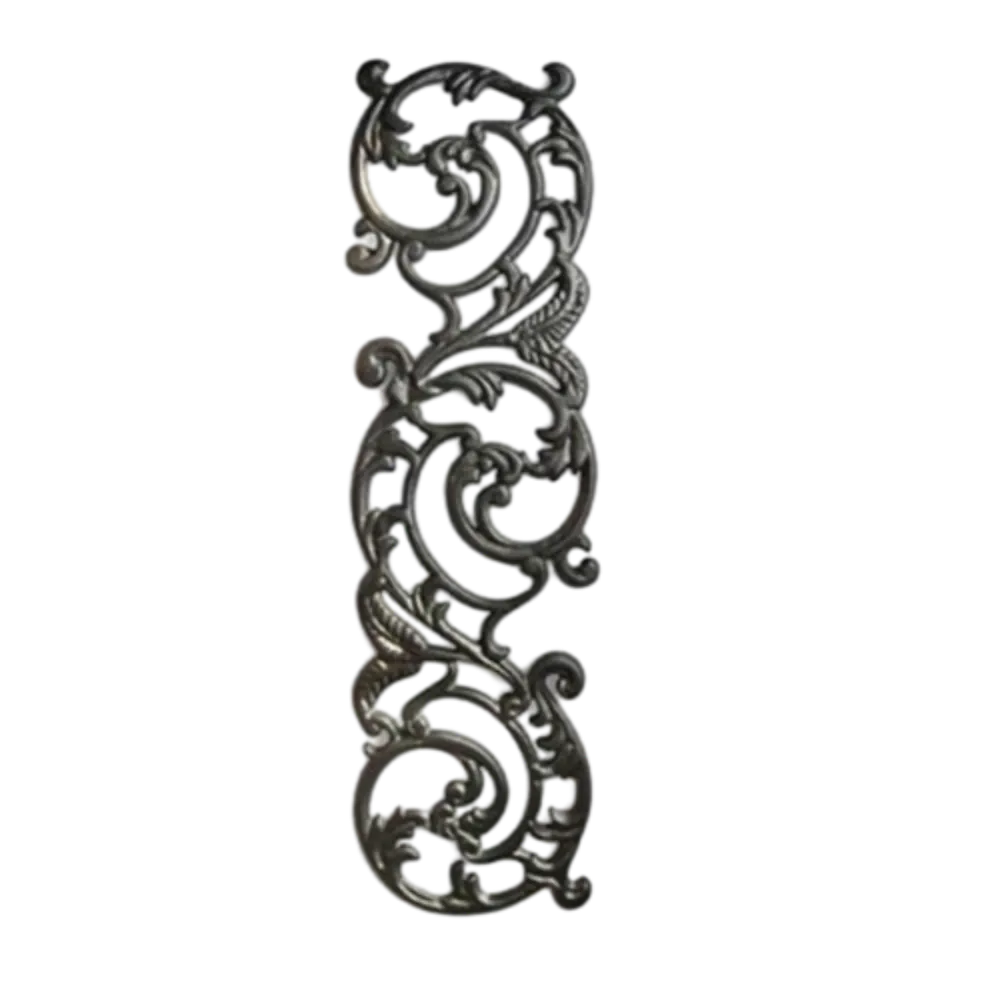Understanding Window Profiles and Their Importance in Home Design
Understanding Window Profiles A Comprehensive Guide
When we talk about window profiles, we are referring to the specific shapes and designs of window frames that not only complement the aesthetics of a building but also play a crucial role in its energy efficiency and overall performance. A window profile is a vital component of any window system, influencing factors such as durability, insulation properties, and ease of maintenance. In this article, we will delve into the various aspects of window profiles, their materials, design options, and benefits.
What Is a Window Profile?
A window profile is essentially the outline or the structural design of the window frame. It defines how the window fits into the overall architecture of a building. Window profiles are manufactured from various materials, including uPVC (unplasticized polyvinyl chloride), aluminum, wood, and fiberglass. Each material has its own unique characteristics that affect the performance, maintenance, and aesthetics of the window.
Types of Window Profiles
1. uPVC Profiles uPVC is one of the most popular materials used in modern window profiles due to its excellent thermal insulation properties and low maintenance requirements. uPVC windows do not rot, rust, or fade, making them a durable and long-lasting option. Additionally, they can be designed in a variety of styles and colors to match the exterior of any home.
2. Aluminum Profiles Aluminum window profiles are known for their strength and lightweight nature. They are highly resistant to environmental factors, such as moisture and temperature fluctuations. However, aluminum conducts heat, which can lead to energy loss if not properly insulated. Therefore, many modern aluminum windows are designed with thermal breaks to enhance their energy efficiency.
3. Wood Profiles Wooden window profiles provide a classic and timeless appeal, offering a natural aesthetic that is hard to replicate with synthetic materials. Wood is a great insulator but does require more maintenance, such as regular painting or sealing, to protect it from the elements.
4. Fiberglass Profiles Fiberglass is a newer entrant in the window profile market and offers remarkable strength and insulation properties. These profiles are durable, resistant to warping and cracking, and can be painted to match the home’s exterior. Fiberglass windows can last much longer than traditional wood or vinyl options.
what is a window profile

Benefits of Choosing the Right Window Profile
Selecting the appropriate window profile is essential for several reasons
- Energy Efficiency The right profile can significantly contribute to the overall energy efficiency of a building. Proper insulation reduces heating and cooling costs, making the property more sustainable.
- Aesthetic Appeal Window profiles come in various designs, styles, and finishes. Choosing the right one can enhance the visual appeal of a building and contribute to its market value.
- Durability and Maintenance Different materials have varying degrees of durability and maintenance requirements. For example, while wooden window profiles may need more upkeep, uPVC profiles require minimal effort to maintain.
- Noise Reduction A well-designed window profile can also contribute to sound insulation, creating a quieter and more comfortable indoor environment.
Conclusion
In conclusion, window profiles are more than mere frames; they are pivotal in shaping the performance, aesthetics, and functionality of windows in residential and commercial buildings. Understanding the different types of window profiles—whether uPVC, aluminum, wood, or fiberglass—can help homeowners, builders, and architects make informed decisions tailored to their specific needs. By considering aspects such as energy efficiency, durability, and maintenance, individuals can select the ideal window profile that enhances their property while ensuring comfort and style. Ultimately, a well-chosen window profile can make a significant difference in the overall performance of windows, leading to a more efficient and visually appealing living space.
-
Wrought Iron Components: Timeless Elegance and Structural StrengthNewsJul.28,2025
-
Window Hardware Essentials: Rollers, Handles, and Locking SolutionsNewsJul.28,2025
-
Small Agricultural Processing Machines: Corn Threshers, Cassava Chippers, Grain Peelers & Chaff CuttersNewsJul.28,2025
-
Sliding Rollers: Smooth, Silent, and Built to LastNewsJul.28,2025
-
Cast Iron Stoves: Timeless Heating with Modern EfficiencyNewsJul.28,2025
-
Cast Iron Pipe and Fitting: Durable, Fire-Resistant Solutions for Plumbing and DrainageNewsJul.28,2025
-
 Wrought Iron Components: Timeless Elegance and Structural StrengthJul-28-2025Wrought Iron Components: Timeless Elegance and Structural Strength
Wrought Iron Components: Timeless Elegance and Structural StrengthJul-28-2025Wrought Iron Components: Timeless Elegance and Structural Strength -
 Window Hardware Essentials: Rollers, Handles, and Locking SolutionsJul-28-2025Window Hardware Essentials: Rollers, Handles, and Locking Solutions
Window Hardware Essentials: Rollers, Handles, and Locking SolutionsJul-28-2025Window Hardware Essentials: Rollers, Handles, and Locking Solutions -
 Small Agricultural Processing Machines: Corn Threshers, Cassava Chippers, Grain Peelers & Chaff CuttersJul-28-2025Small Agricultural Processing Machines: Corn Threshers, Cassava Chippers, Grain Peelers & Chaff Cutters
Small Agricultural Processing Machines: Corn Threshers, Cassava Chippers, Grain Peelers & Chaff CuttersJul-28-2025Small Agricultural Processing Machines: Corn Threshers, Cassava Chippers, Grain Peelers & Chaff Cutters












